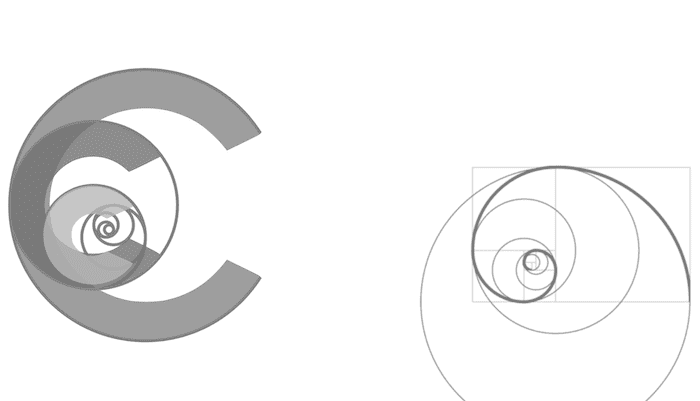Heliox
CLASS
- Heliox is a mixture of helium and oxygen
- Helium is an inert gas with a significantly lower density (and specific gravity) than room air (1.42g/L for O2 vs 0.17g/L for He)
MECHANISM OF ACTION
- by substituting helium for nitrogen -> reduction in density of the gas -> reduction in Reynolds number -> more laminar flow
-> reduces airflow resistance, work of breathing and dynamic hyperinflation
PHARMACEUTICS
- gas administered via a mask with a reservoir bag or via endotracheal tube
- supplied at 137 bar as either Heliox (79% He, 21% O2) in white cylinders with white/brown shoulders or as 100% helium in brown cylinders (size C, D, E and G cylinders (410, 1400, 3500 and 7300L nominal capacity respectively)
- can be used as the driving gas for nebulisation
DOSE
- helium:oxygen mix of 80:20 or 70:30, which are 1.8 and 1.6 times less dense than pure oxygen, respectively.
INDICATIONS
- lower airways disorders – e.g. severe asthma, severe COPD, bronchiolitis, bronchiectasis, lung cancer
- extrathoracic or tracheal obstruction – e.g. croup, epiglottitis, foreign body, tumour, tracheal stenosis, tracheomalacia
- FRC assessment (helium dilution technique)
- decompression sickness
ADVERSE EFFECTS
- expensive (10x the cost of oxygen)
- lack of availability
- can’t use on those with a high FiO2 (>0.4)
- ventilators require recalibration for FiO2 and TV – interferes with valve function
- requires heated humidified circuits as helium conducts heat 6x faster than nitrogen
- alteration of vocal pitch
- may reduce the efficiency of coughing
PHARMACOKINETICS
- near instantaneous onset an offset
- eliminated within a few breaths
EVIDENCE
- anecdotal evidence of avoiding need for intubation in upper airway obstruction
- little evidence of benefit in lower airways obstructive lung disease – the common theme is that heliox is a temporising measure but is not a treatment
References and Links
Journal articles and textbooks
- Fink JB. Opportunities and risks of using heliox in your clinical practice. Respir Care. 2006 Jun;51(6):651-60. PMID: 16723042.
- Gentile MA. Inhaled medical gases: more to breathe than oxygen. Respir Care. 2011 Sep;56(9):1341-57; discussion 1357-9. PMID: 21944684.
- Hess DR, Fink JB, Venkataraman ST, Kim IK, Myers TR, Tano BD. The history and physics of heliox. Respir Care. 2006 Jun;51(6):608-12. PMID: 16723037
- Kim IK, Saville AL, Sikes KL, Corcoran TE. Heliox-driven albuterol nebulization for asthma exacerbations: an overview. Respir Care. 2006 Jun;51(6):613-8. PMID: 16723038.
- McGarvey JM, Pollack CV. Heliox in airway management. Emerg Med Clin North Am. 2008 Nov;26(4):905-20, viii. Review. PMID: 19059090.
- Reuben AD, Harris AR. Heliox for asthma in the emergency department: a review of the literature. Emerg Med J. 2004 Mar;21(2):131-5. PMC1726290.
- Vorwerk C, Coats T. Heliox for croup in children. Cochrane Database Syst Rev. 2010 Feb 17;(2):CD006822. PMID: 20166089.
- Wigmore T, Stachowski E. A review of the use of heliox in the critically ill. Crit Care Resusc. 2006 Mar;8(1):64-72. PMID: 16536724.

Critical Care
Compendium
Chris is an Intensivist and ECMO specialist at the Alfred ICU in Melbourne. He is also a Clinical Adjunct Associate Professor at Monash University. He is a co-founder of the Australia and New Zealand Clinician Educator Network (ANZCEN) and is the Lead for the ANZCEN Clinician Educator Incubator programme. He is on the Board of Directors for the Intensive Care Foundation and is a First Part Examiner for the College of Intensive Care Medicine. He is an internationally recognised Clinician Educator with a passion for helping clinicians learn and for improving the clinical performance of individuals and collectives.
After finishing his medical degree at the University of Auckland, he continued post-graduate training in New Zealand as well as Australia’s Northern Territory, Perth and Melbourne. He has completed fellowship training in both intensive care medicine and emergency medicine, as well as post-graduate training in biochemistry, clinical toxicology, clinical epidemiology, and health professional education.
He is actively involved in in using translational simulation to improve patient care and the design of processes and systems at Alfred Health. He coordinates the Alfred ICU’s education and simulation programmes and runs the unit’s education website, INTENSIVE. He created the ‘Critically Ill Airway’ course and teaches on numerous courses around the world. He is one of the founders of the FOAM movement (Free Open-Access Medical education) and is co-creator of litfl.com, the RAGE podcast, the Resuscitology course, and the SMACC conference.
His one great achievement is being the father of three amazing children.
On Twitter, he is @precordialthump.
| INTENSIVE | RAGE | Resuscitology | SMACC
